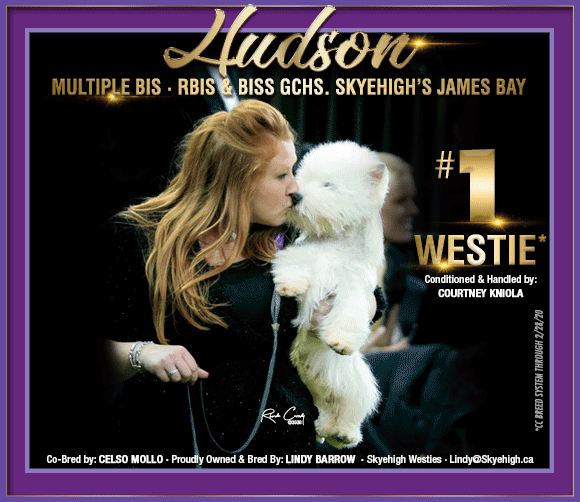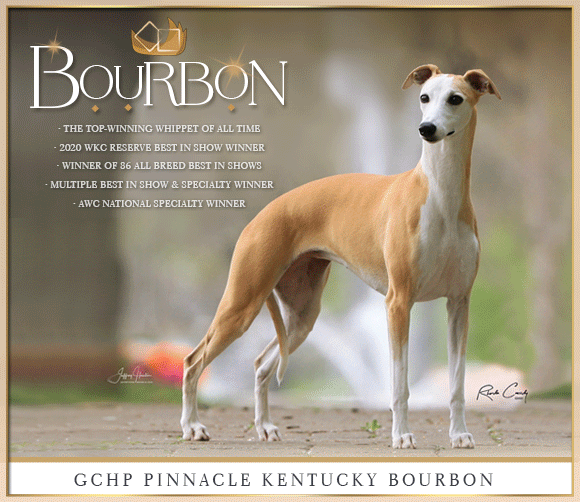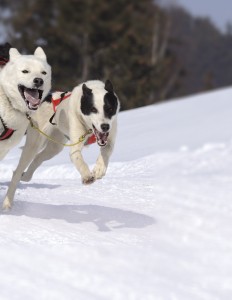Old Roads
Click here to read the complete article
From September, 2014
By Chris Robinson
In 1920, the late, great poet Robert Frost published a book of poetry titled Mountain Interval. Contained within this slim volume was his famous poem, “The Road Not Taken,” which virtually every high school English student in the 1960s and ‘70s and probably to this day had to read, analyze and sometimes memorize. While Frost was not a hunter, I have often thought of his poetic words as the dogs and I meandered down narrow tracks that were once roads to logging camps, old homesteads and long abandoned croplands or served as an access for power or pipeline builders. I’ve made dozens of trips down these abandoned roads, an over/under shotgun nestled comfortably in the crook of an arm, the dogs’ tails wagging furiously as they snuffle along seeking grouse, quail and the occasional pheasant by the overgrown ruts that mark the path down which hundreds of wagons, horses, tractors, farm implements, logging trucks and pickups have passed in years gone by.
These old roads are everywhere. There are no road signs along their edges, no speed limits posted. Indeed, the “speed” on these roads is as fast as the hunter wishes to mosey along or as quickly or slowly as the dogs are moving. The scents along them are not of diesel fumes, fast food joints or metallic-tasting smog but rather the autumnal aromas of damp leaves, pine needles, prairie grasses and, now and then, the sweet odor of wind-fallen, partially fermented apples or plums from an abandoned orchard. The sounds along the old roads are not those of air horns, jet aircraft or loud vehicle exhausts. Instead they are mainly marked by silence interrupted only by the occasional tune from a songbird, a whistle from a lonely bobwhite quail, a crowing pheasant rooster, the occasional thunder of grouse wings, the wind rustling through leaves or prairie grass, the tinkling bells on the dogs and every once in awhile, when the dogs are successful in their quest for fur or feathers, the report of a shotgun or the crack of a small caliber rifle. Even conversation with hunting partners is muted because there’s no need to shout to be heard above the man-made din of urban life.

Where these roads once had destinations, they now begin nowhere, go nowhere in particular and end nowhere but their no-longer-useful purpose is a bonanza for hunters and their dogs because while they do not lead to anyone’s homestead anymore, they are home to furred and feathered wild creatures. The loss of purpose for these roads for one generation is a gain for another and we, the newest generation using the roads, reap vastly different benefits from those enjoyed by its past users. When the nation wrote these roads off, hunters and their dogs wrote them back on again.
It never ceases to amaze me how quickly abandoned roads return to whatever was their natural state. A pipeline access road cut through the woodland on our farm less than 10 years ago is already overgrown with reed canary grass, sedge and quackgrass along with buckthorn, wild rose, a tangled area of bittersweet, lupine, milkweed, goldenrod, some elderberry bushes and several chokecherry trees. A road that only a few years ago provided access to cropland that is now in the Conservation Reserve Program on a friend’s Nebraska farm has become a sea of little bluestem, grama grass, wheatgrass, an occasional clump of switchgrass and several varieties of wildflowers including blue aster, coneflower, black-eyed susan, partridge pea, prairie clover and blazing stars. Most of our modern, high-tech society has declared these old roads useless with a future of once again being tall or shortgrass prairie, brush or timber. Traffic on these roads, other than the occasional hunter’s pickup or four-wheeler, consists of deer, bunnies, squirrels, quail, grouse, pheasants and wild turkeys. The signs they leave along the roads–scents, tracks–are followed by many different hunters, four-legged ones like coyotes, bobcat, fox, an occasional wolf, sporting dogs, hounds, the odd Airedale or Poodle and those on two legs toting shotguns or rifles.
The parking areas on the old roads are wherever you feel like stopping, restrooms are located on the far side of trees or on the prairie, behind the occasional patch of brush or clump of especially tall switch. Dining facilities are the tailgate of your truck, a downed tree, the lip of a ravine or if the road happens along the edge of a marsh, an old muskrat house where the dogs, if they are anything like mine, demand a share of whatever you happen to be eating with meatloaf sandwiches being the preferred entrée.
Old roads are not just magnets for hunters. In fact, winter hunters pursuing rabbits with their beagles and bassets often find they have company on the old roads with sled dogs and people skijoring using their dogs for locomotion. These non-hunters are drawn to the old roads for many of the same reasons, other than that the brush piles which frequently mark the edges of old roads are favorite hangouts for rabbits, as the hunters. The winter users are seeking the same tranquility, silence and stark beauty of the old roads through winter woods as the hunters plus these once-cleared pathways usually contain fewer obstructions to snare a ski or the runner on a sled than the average woods trail. Since they go nowhere, they are also much less attractive to snowmobilers which is just fine with people looking to enjoy winter activities unaccompanied by the stinky exhaust and high noise levels of the snow machines.
Looking down old roads that snake through woods, it quickly dawns on you that no sculptor could ever create the archway of trees and no artist can truly blend the colors of leaves that provide a dome over the road or the flowers that carpet it. The colors are so pure you can almost taste the sharp spice of crimson, the subtle herb of yellow, and the syrupy richness of magenta and brown. No musician has ever been able to create the exact notes of the songs that waft through the air along the road. Nature alone is capable of producing the stunning complexity of sculpture, color and song that envelopes these old roads.
While it is true the roads go nowhere, they go almost everywhere we want to be which is where the dogs take us and where there are birds, squirrels and rabbits. One of the pure joys in life is to hunt an old road with a veteran dog that knows its job. The slash and dash style of their youth may be only a memory but it has been replaced by heightened focus and concentration, an economy of motion and deliberate intent. They flow down the road with no wasted effort, no whistles, no voice commands other than an occasional “fetch it up” and no touch of the hand other than some serious petting and ear stroking for a job done well.
It’s the dog’s job to find birds or bunnies and the birds’ and bunnies’ job to outwit both the dog and the hunter. In the end, it’s a matter how often skill and experience can get the best of skittish paranoia and a thorough knowledge of home ground. When the odds do tilt in the hunter’s favor along one of the old roads, it usually because the dog was smarter and more skilled than its quarry although sometimes, just luckier. If you should miss the shot, when the dog has put you in position to win this life or death contest, the right thing to do is to call the dog to you, scratch an ear, tell them they were perfect and apologize for your own imperfections with a firearm. One of the nice things about old roads that run through woodlands is that there is almost always a convenient stump nearby for sitting while you scratch ears, offer praise and make your apologies.
So, as the season for spending time prowling old roads in search of solitude, tranquility, an opportunity to watch your dogs do what they were intended to do or just something delicious to put on the dinner table approaches, you might want to follow Frost’s lead. Take yourself and your dogs down the road less traveled by. It is Frost’s promise, and you would be hard pressed to find anyone who uses and enjoys these old roads who would not concur, that will make all the difference.

Short URL: https://caninechronicle.com/?p=58584
Comments are closed












